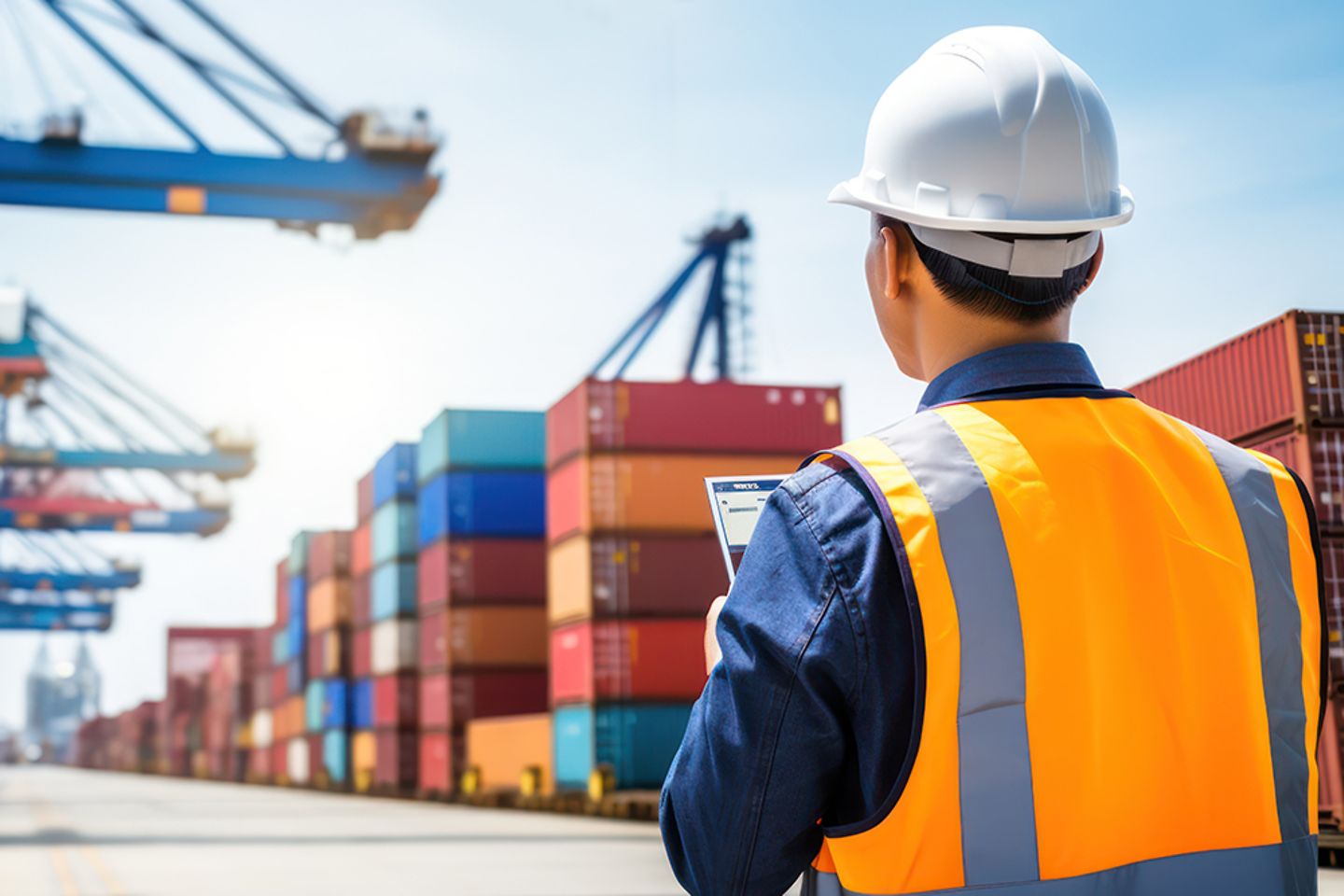
Supply chain disruptions, from natural disasters to economic crises can impact production, operating costs, and inventory, resulting in loss of customers and revenue. Manufacturers are now prioritizing digital transformation by building and enhancing supply chain resiliency end-to-end to mitigate supply chain risks, reduce vulnerabilities, and ensure continuity in the face of unexpected disruptions.
Recent geopolitical events and the pandemic have revealed the fragility in global supply chains and the demand to digitalize them. Manufacturers need to strike a balance between efficiency and flexibility to ensure they can withstand disruptions while meeting customer demands. Digital supply chains can increase visibility, automate processes, and improve decision-making. Integrating new technologies into supply chain processes has thus become crucial for organizations to remain competitive.
Manufacturing companies often face challenges in responding to supply chain disruptions due to limited transparency, leading to inefficiencies and high costs. T-Systems' modern solutions offer a comprehensive view of the supply chain data from the different sources. By integrating machine monitoring data together with the supply chain data and leveraging AI, get real time analysis to predict bottlenecks early and prevent outages, improving supply chain management processes overall.
Access real-time insights about asset and goods location within your campus or across company locations through seamless integration of multiple location technologies. T-Systems' smart tracking IoT solutions offer cost savings by reducing inventory and labor expenses, enhancing production efficiency, and minimizing waste. These improvements result in fewer delayed deliveries and increased customer satisfaction, ultimately boosting sales and ensuring end-to-end supply chain transformation.